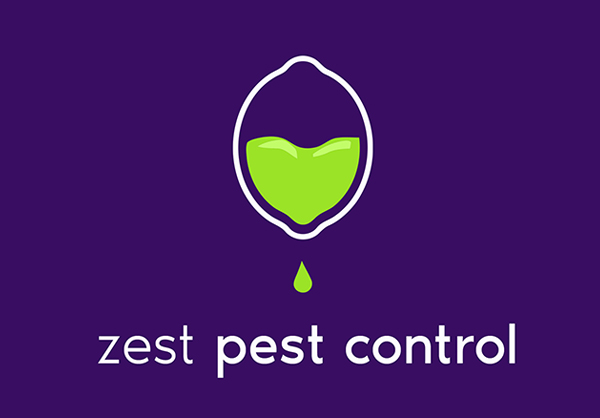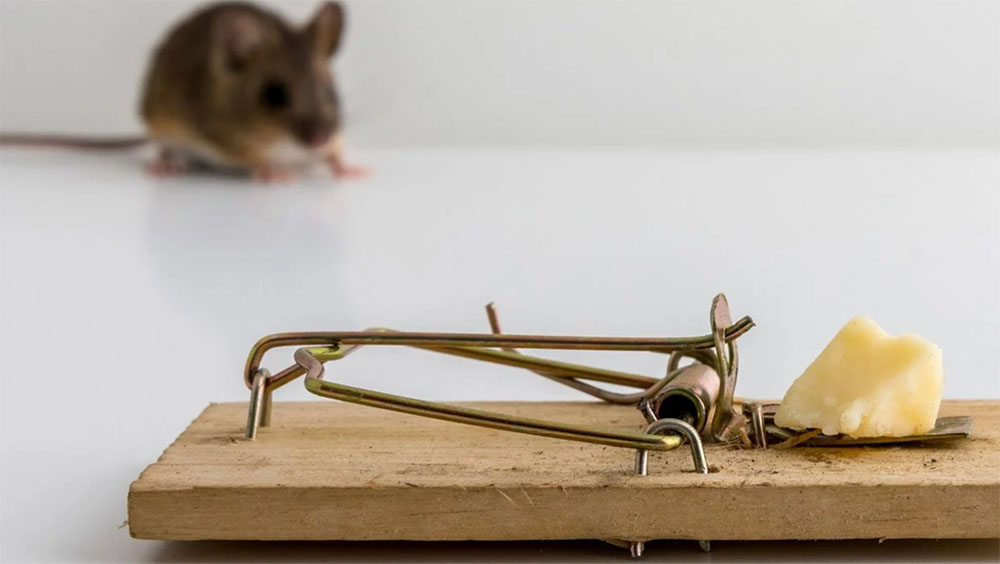Dealing with a mouse infestation can be a persistent challenge, and selecting the right bait for mouse traps is a crucial aspect of effective pest control.
Mice are known for their curious and opportunistic nature, but not all baits are equally enticing to them.
In this guide, we’ll explore the factors to consider when choosing bait for mouse traps and provide practical tips to enhance the effectiveness of your pest control efforts.
Understanding Mouse Behavior
Before delving into the world of bait selection, it’s essential to grasp the basic behavior of mice.
Mice are naturally cautious creatures, and their survival instincts make them wary of unfamiliar objects, including traps. However, their keen sense of smell and taste can be exploited when selecting bait, as they are more likely to investigate and consume food that appeals to these senses.
Commonly Attractive Baits
Peanut Butter
Peanut butter is a classic and widely acknowledged mouse bait. Its strong aroma is attractive to mice, and its sticky consistency makes it challenging for them to snatch and run without triggering the trap. Choose a high-quality, unsalted peanut butter for the best results.
Chocolate
Mice have a sweet tooth, and chocolate can be a tempting treat for them. Use a small piece of chocolate or chocolate-covered nuts as bait. Dark chocolate is preferable since it has a stronger scent compared to milk chocolate.
Cheese
Contrary to popular belief, cheese is not always the most effective bait for mice. While they may eat it, they are not as attracted to it as some other options. If using cheese, go for strongly scented varieties like blue cheese.
Seeds and Nuts
Mice are fond of seeds and nuts, such as sunflower seeds or almonds. These foods provide a combination of scent and taste that can lure mice to the trap.
Pet Food
Mice are opportunistic feeders, and the smell of pet food can attract them. Place a small amount of dry pet food as bait, ensuring it’s securely attached to the trap to prevent easy theft.
Tips for Effective Baiting
Use Small Quantities
Avoid overloading the trap with bait. Small, concentrated amounts are more effective, as mice are more likely to trigger the trap while trying to access the bait.
Rotate Bait
Mice can become cautious if they encounter the same bait repeatedly. Change the bait regularly to maintain their interest and increase the likelihood of trapping them.
Secure Bait Properly
Ensure that the bait is securely attached to the trap to prevent mice from simply snatching it without triggering the trap. This is particularly important for soft or sticky baits like peanut butter.
Place Traps Strategically
Position traps in areas where mouse activity is high. Look for signs such as droppings, chewed materials, or gnaw marks to identify their pathways.
Conclusion
Choosing the right bait for mouse traps is a critical element in successfully managing a mouse infestation. By understanding mouse behavior and preferences, and experimenting with various bait options, you can increase the effectiveness of your traps.
Remember to be patient, persistent, and strategic in your approach to achieve long-lasting results in your battle against these unwanted houseguests.

